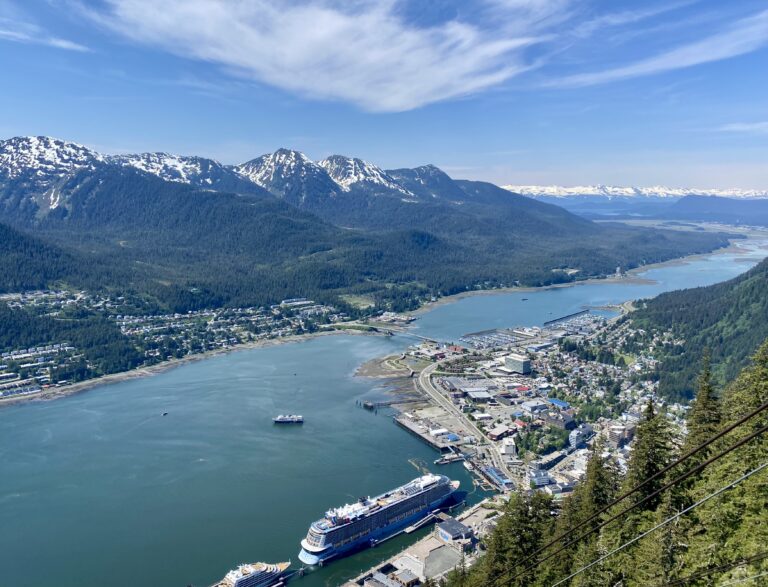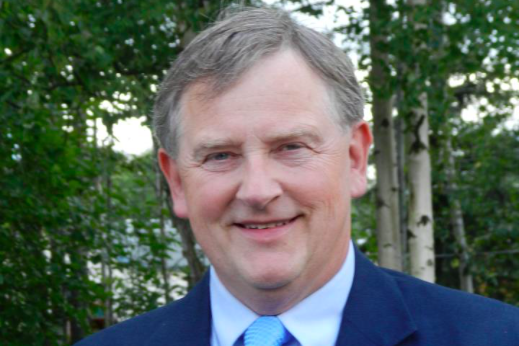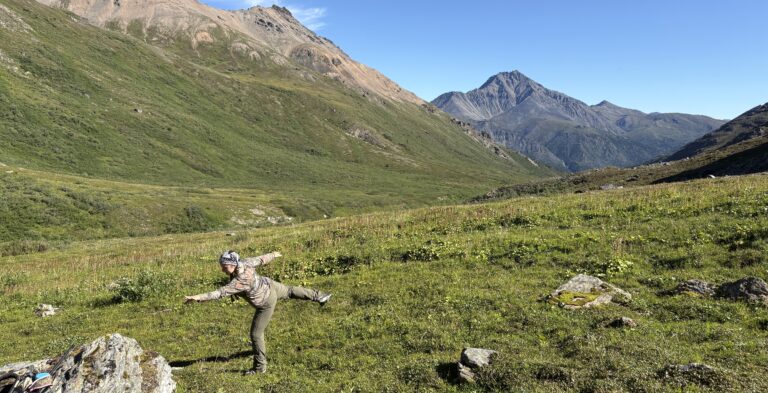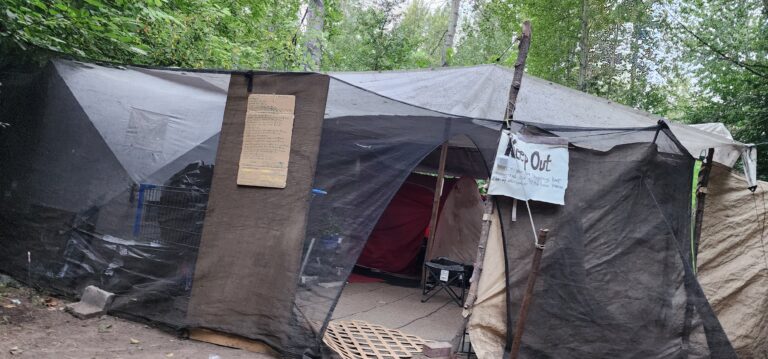By REP. DAVID EASTMAN
Today, I saw a great American, Charlie Kirk, assassinated live on camera while taking questions from students at Utah Valley University. He was 31. His wife Erika, their 4-year-old daughter, and 2-year-old son, now get to pick up the pieces. I do not recommend watching the video. It was a public execution.
I was proud to know Charlie as a peer. We were each Claremont Institute Fellows and were classmates in Claremont’s Telos Academy. Viriginia legislator Nick Freitas, another great American I am proud to know, put it this way:
“Charlie was the best of us. They didn’t murder Charlie Kirk because he was an extremist or a fascist or a threat to democracy or inciting violence, or any of the other reasons that they are now trying to put out on X and TikTok and everywhere else. They murdered him because he was effective. He was effective. The man made incredible arguments while at the same time always trying to seek out common humanity. He might have disagreed with arguments but he didn’t hate anyone. And they murdered him. That’s what happened.”
It now goes without saying that Charlie stood courageously on the front lines in today’s political scene. His wife and kids are now without a husband and father because he did so. We rightly honor our military veterans who served honorably on our behalf in our nation’s military. We do well to bestow similar honor on those few brave souls currently putting themselves in harm’s way by standing on behalf of their fellow countrymen in the political sphere.
Do not hear me to say that politicians are deserving of honor. Being elected is not a mark of courage in 2025. If anything, it is the mark of someone who has no courage. People get elected for many reasons, courage is not usually one of them. Those few who do have courage, and are standing on behalf of others, instead of themselves, are easy to pick out in 2025. I expect this to only be more true in the coming years.
Our current political establishment bears them unending antipathy. To have courage and to stand for someone or something other than yourself is incredibly destabilizing in a political environment like Juneau or DC where an honest politicians is one who, when he’s bought, stays bought.
In 2025, no political figure deserves honor who does not bear the mark of the antipathy that the reigning political establishment, both Democrat and Republican, invariably dish out.
Charlie bore that mark before he was assassinated. Do not honor him because of the manner of his death. Honor him because he was so courageous and so effective that they could find no better way to shut him up than to murder him. Rest in peace Charlie.
Rep. David Eastman represented the Mat-Su Valley in the Alaska House of Representatives from January 2017 to January 2025. Visit davideastman.org for more information.








